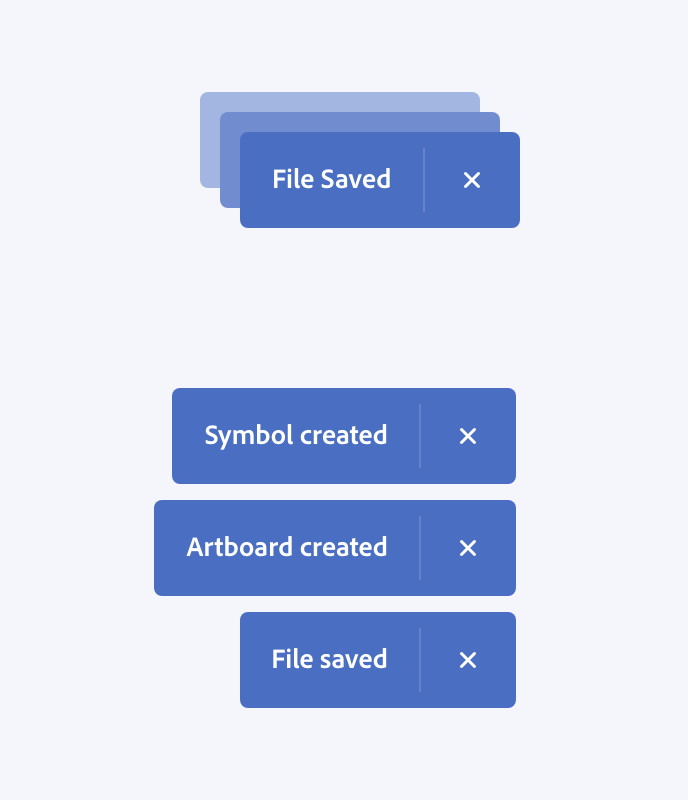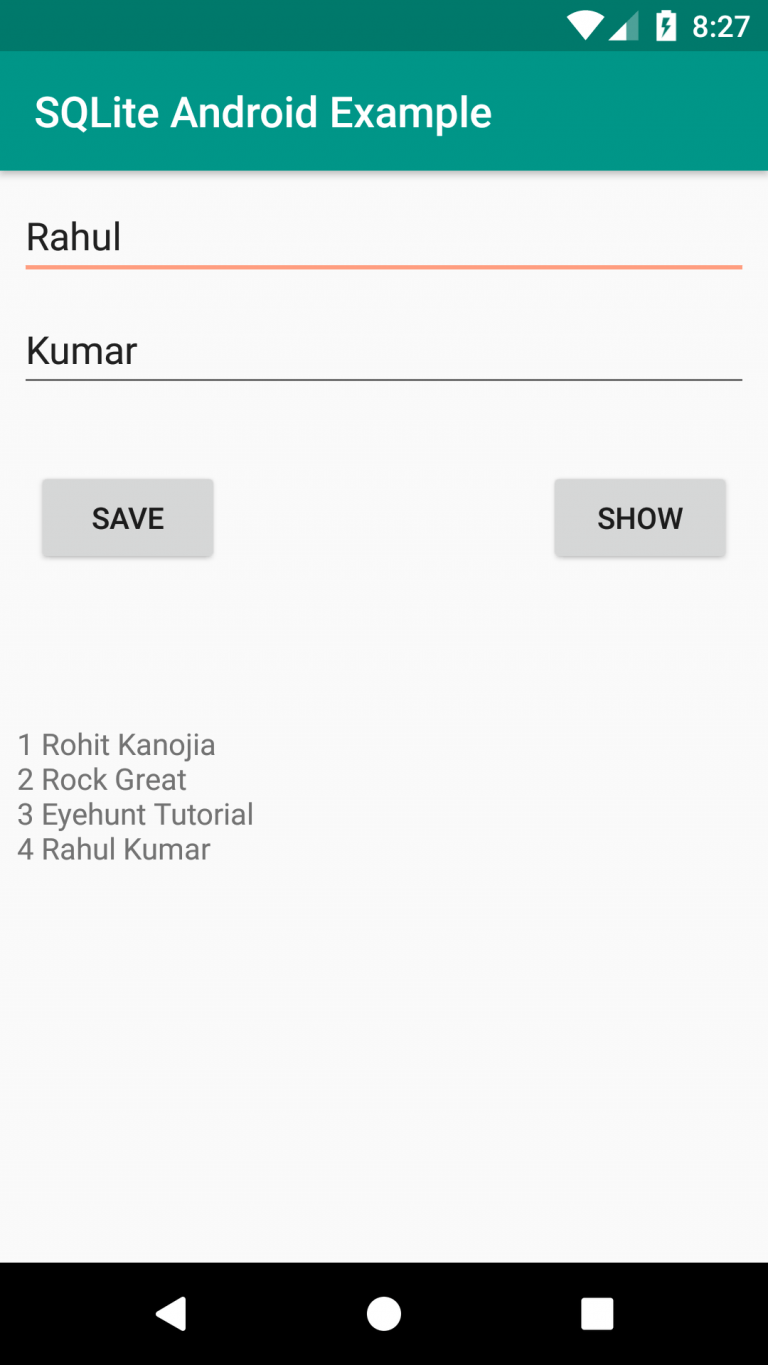


The app structure is consistent with the clean paradigm, which you’ll learn about soon. Open the project in Android Studio and take a quick look at it. During the process, you’ll see how to implement a dependency injection scheme into a multi-module app, with clean architecture, from scratch. To learn about the concepts above, you’ll create an app named Numberizer, which allows you to fetch information about numbers using a public API. Getting Startedĭownload the starter project by clicking the Download Materials button at the top or bottom of the tutorial. If not, first check out Kotlin For Android: An Introduction and Dependency Injection in Android with Dagger 2 and Kotlin. Note: This tutorial assumes you’re comfortable working in Kotlin and using Dagger. You can see this on the service queries’ responses, which are typed with Either. The inclusion of certain functional programming features, thanks to the Arrow library.You can look at DomainLayerContract, particularly at the UseCase interface. Since the application is written in Kotlin, it’s based on coroutines. This ensures flexibility and maintainability. Every entity in the project conforms to an interface. Extensive application of the abstraction principle.You’ll also use several other tools and techniques, including: In particular, it’ll show how the above implementations work together. These include architecture, class hierarchy, package structure and the tech stack. There are several things to consider when designing and developing an Android app. In this tutorial, you’ll learn how to integrate Dagger in an Android multi-module project built using the clean architecture paradigm.


 0 kommentar(er)
0 kommentar(er)
